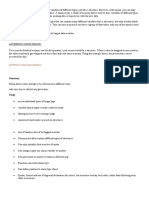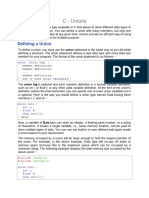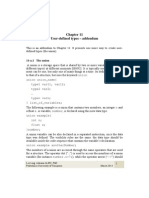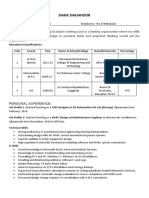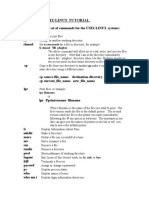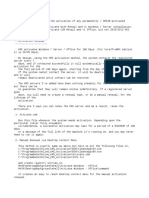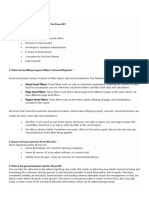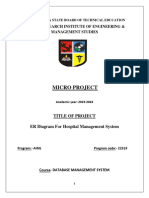0% found this document useful (0 votes)
31 views11 pagesU4 4 Union
The document discusses topics related to structures, unions, and enumerations in C programming. It provides information on the features of structures, declaring and initializing structures, arrays of structures, pointers to structures, and structures and functions. It then discusses unions, noting they are similar to structures but all members share the same memory location. The document compares structures and unions, and provides details on pointers to unions. It explains the need for unions in C programming and memory management.
Uploaded by
mit23csCopyright
© © All Rights Reserved
We take content rights seriously. If you suspect this is your content, claim it here.
Available Formats
Download as PDF, TXT or read online on Scribd
0% found this document useful (0 votes)
31 views11 pagesU4 4 Union
The document discusses topics related to structures, unions, and enumerations in C programming. It provides information on the features of structures, declaring and initializing structures, arrays of structures, pointers to structures, and structures and functions. It then discusses unions, noting they are similar to structures but all members share the same memory location. The document compares structures and unions, and provides details on pointers to unions. It explains the need for unions in C programming and memory management.
Uploaded by
mit23csCopyright
© © All Rights Reserved
We take content rights seriously. If you suspect this is your content, claim it here.
Available Formats
Download as PDF, TXT or read online on Scribd
/ 11


